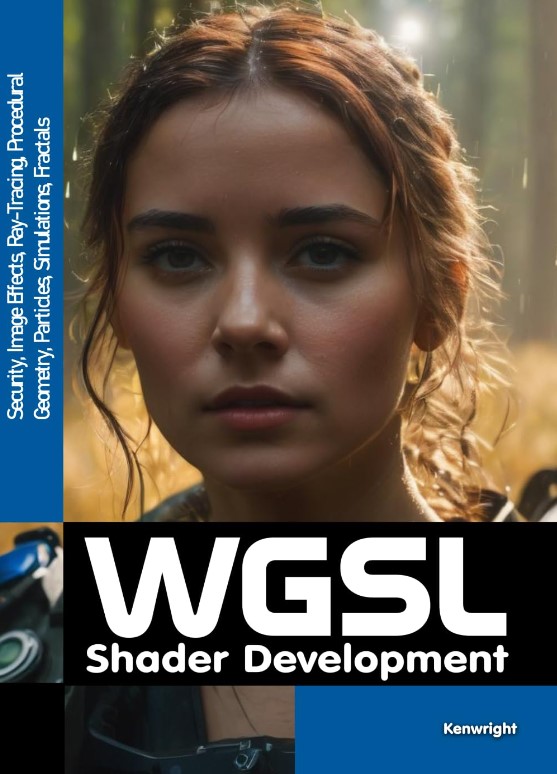
WebGPU Shader Language Development: Vertex, Fragment, Compute Shaders for Programmers
A groundbreaking exploration of webgpu and its impact on the digital landscape. This essential read offers fresh perspectives and practical insights that will transform your understanding.


Sarah Johnson
Professional ReviewerAbsolutely! The author's tone made it feel like a conversation rather than a lecture.
December 8, 2025